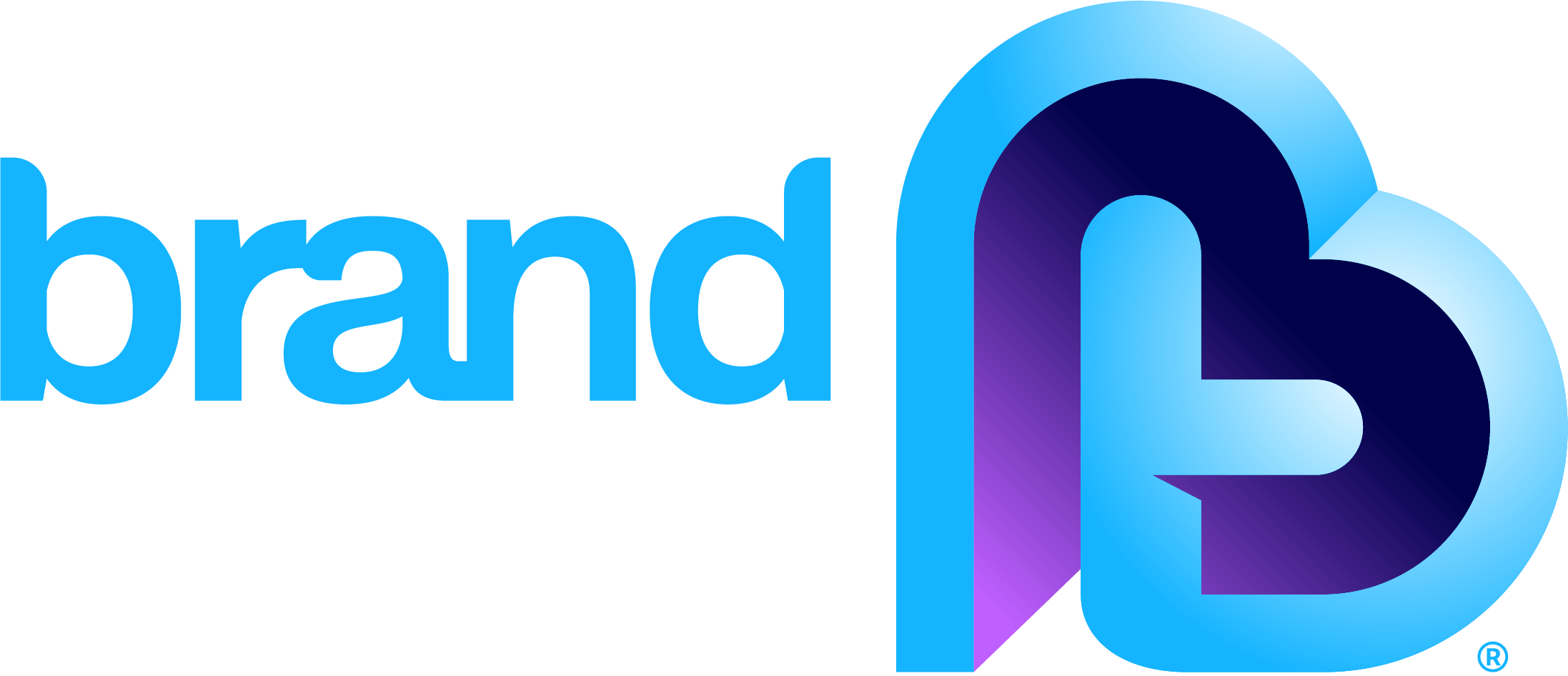The digital audience in 2021—the numbers are staggering: There are over 4.6 billion internet users, and over 92% of them—or 4.3 billion—access the web from mobile devices.
With so many eyeballs engaged from phones, iPads, laptops and computers all over the world, there’s fertile ground for brand engagement, for companies to not only capture an audience, but solidify brand essence in the mind—or is there?
Here’s the catch—because of the superficial and fleeting engagement of the digital world—where surfers only spend about six seconds on a web page and 15 seconds on websites— building a brand that communicates with lasting meaning and value is challenging to say the least. Brand personalities never get a chance to have their say.
Take the simplest expression of branding—the company logo. In the digital world, it has morphed from an identity into an icon, something that’s scalable, pictorial and often without words. Brand identity versus brand image? With such minimalism, how will anybody be able to tell the difference? Starbucks has dropped their name completely from their mermaid logo; Apple Computer’s lauded Think Different line, the one that helped re-establish their foothold in the tech world—is nowhere to be found next to the logo. And those are just two examples—this oversimplification to the point where brands strip themselves bare of all meaning and value is everywhere.
That being said, when brand meaning and value is already entrenched in the customer’s mind with iconic brands like Starbucks and Apple Computer, no explanation is necessary. Everybody knows when they see that mermaid it means outstanding gourmet coffee. When people see that silver Apple they know it means user-friendly computing at your fingertips.
Yet what happens if your brand is struggling to gain traction and establish a niche in this distracted, instant-gratification, tap-and-scroll world? Or consider the following: Which strategy best helps a famous brand company reach consumers?
It calls for a balance between the new and the old.
Sure, you need to be able to communicate in a telegraphic way—so meaning and value can indeed be communicated on cell phones, iPads, laptops and computers. But a simple iconic logo isn’t enough. What do you stand for? What are you about? Why should people engage based on a simple shape and a few colors?
There’s still room to get a simple brand message in there with the company name. Sure, the shorter the better, but your name and your message are what set you apart, creating meaning and value in the customer’s mind, that coveted reason to engage.
Consider Mercedes and their tag line—The Best or Nothing. Just from their logo and tag, customers take away an understanding that Mercedes makes the finest automobiles—so value is established in the mind.
Of course, effective digital marketing strategies abound for consumer engagement—SEO, blogging, backlinking, explainer videos, social media advertising, pay per click, etcetera.
Yet think about how much more effective the former would be if your audience understood, in a simple glance, the meaning and value of what’s being sold, instead of seeing just a few shapes and colors?
To use a police analogy, you don’t want your brand to simply be a traffic cop that moves the flow this way or that for a few seconds—you want to be the arresting officer that holds a customer for life.






